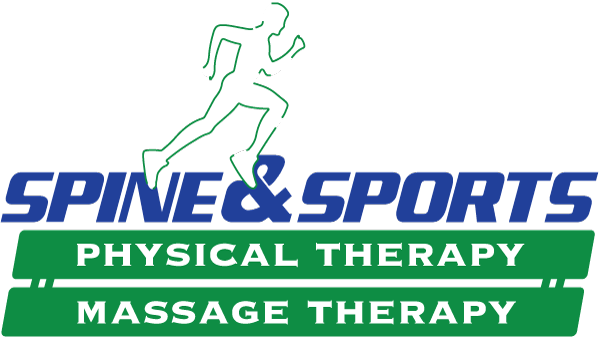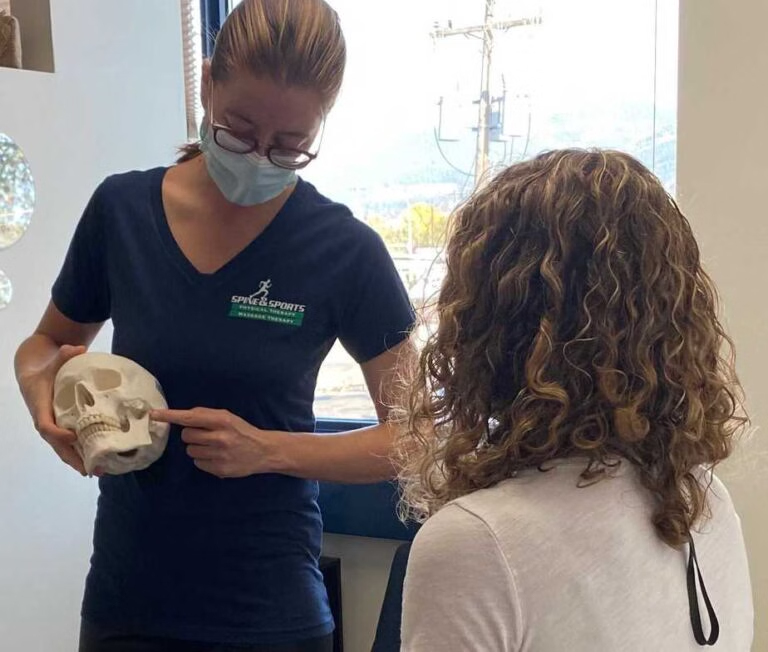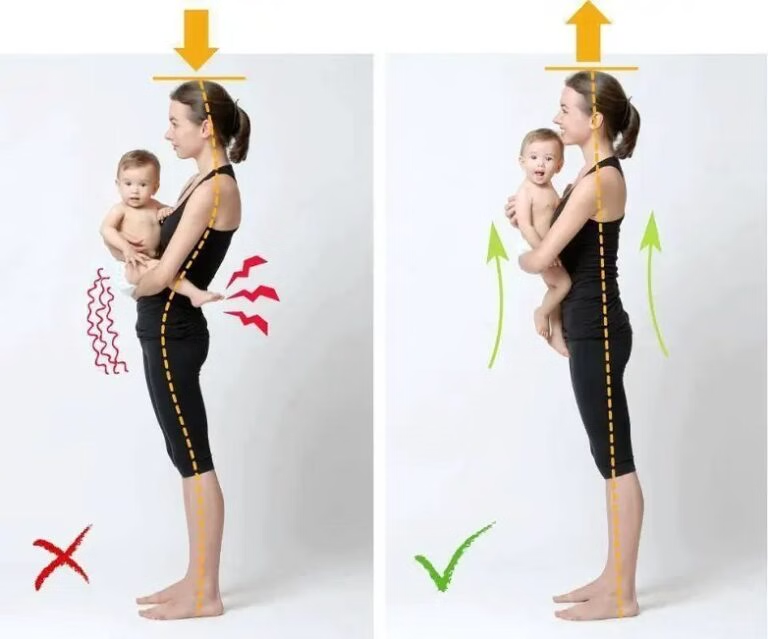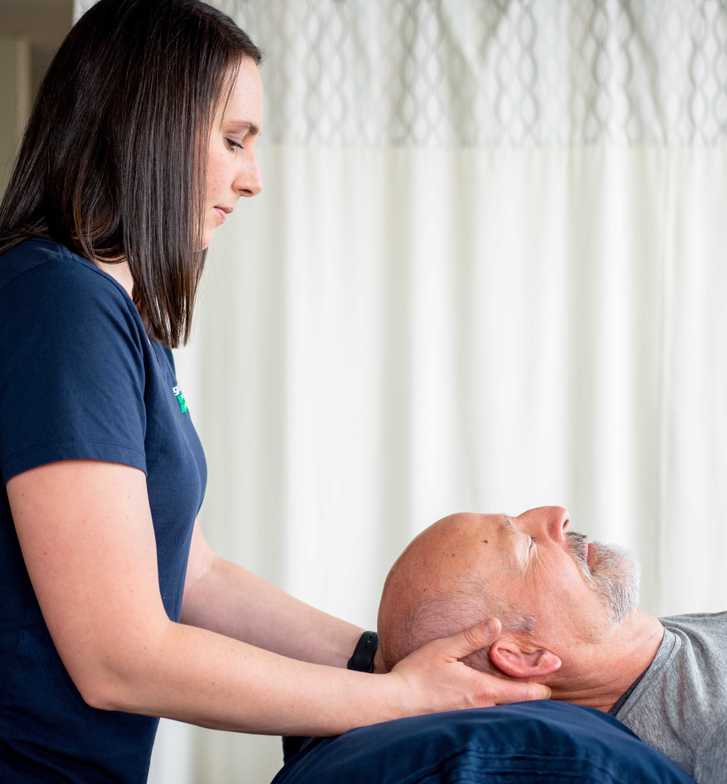Car accidents may cause numerous injuries most commonly, Whiplash. According to the statistics listed on the ICBC website, speed is the number one contributing factor that causes car accidents in the Okanagan. It is especially important to drive within the speed limits, and without distraction at the intersections of 32nd St. and 25th Ave as well as 32nd St. and 43rd Ave in Vernon. They are the two most common locations for where car accidents occur.
Whiplash Associated Disorders, occur due to the rapid forward and backward movement of the head and neck. Symptoms include neck pain, headache, stiffness, shoulder pain, back pain, numbness, dizziness, and sleeping difficulties. Whiplash is a broad term for the possible injuries of more than 30 muscles, 7 ligaments, 21 joints, 6 discs, and numerous nerves in and around the neck! It is up to the treating therapist to determine what specifically is injured and how to treat it. Symptoms can range from mild to moderate, heal quickly or become chronic, and it may present immediately or weeks after the injury.
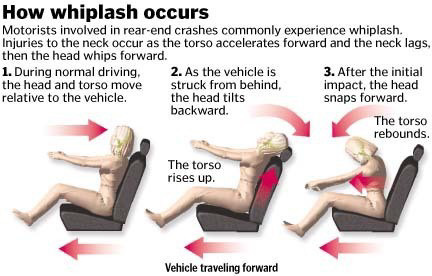
What do you do when you’ve been injured in a car accident?
Confused about who to see? You are not alone. A team approach is the best: Physiotherapy, Chiropractic Care and Massage. A thorough history of your injuries and complaints of pain is the start, followed by a full Musculoskeletal exam. Then treatment can begin. This can range from joint mobilizations, massage techniques, acupuncture, dry needling, Active Release Technique, exercise therapy and sometimes joint manipulation.
Education is of utmost importance. Icing, heating and posture care can also be critical in settling down the acute phase. Be proactive and also make an appointment with an ICBC Caseworker. ICBC recognizes and supports Chiropractic, Physiotherapy and Massage. You will need a claim number to be covered for treatments. As previously mentioned, a team approach is best. This also includes your Doctor. Formulate your “team” and be an active participant.
Here are some things to start with:
Tips for proper head rest position to protect your neck.
- Adjust the height of the headrest so it rests in the middle of your head.
- Align your earlobe between the collar bone and neck muscles.
- Now adjust the headrest forwards until it meets the back of your head.
Drive safely and stay positive about your healing! Whiplash is a very successfully treated condition.
